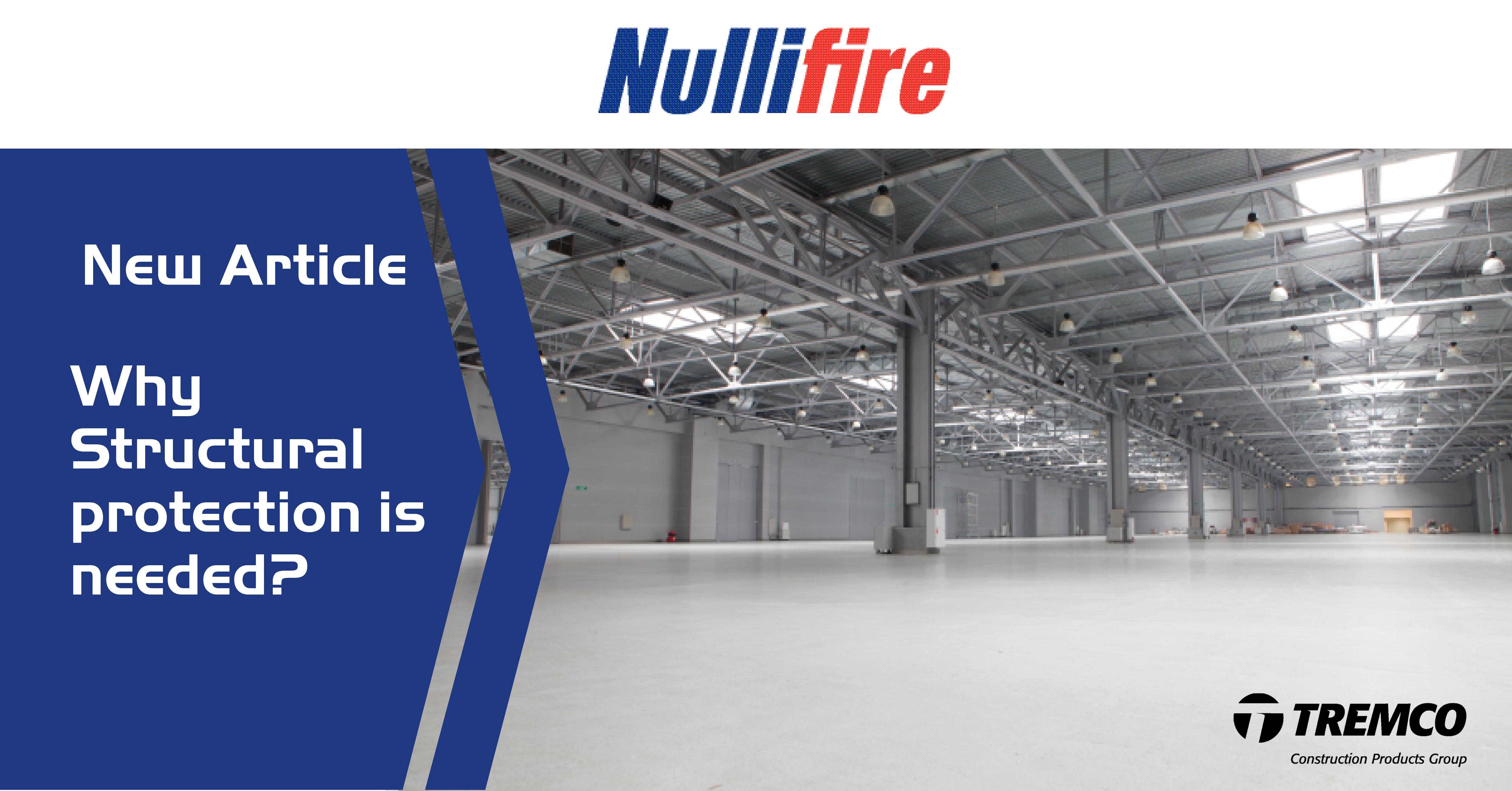What is the Role of Compartmentalisation Within a Building Facing a Fire, and How is it Done?
Compartmentalisation
One of the fundamentals of passive fire protection is the compartmentalisation of buildings. To limit the spread of fire and smoke within a building we must compartmentalise: divide the space into several smaller sections in order to confine the fire in the only space it was declared, during the time necessary for evacuation.
How It's Done
To ensure the most effective partitioning of a building, the walls and floors of compartments must have a fire-resistance degree corresponding to the type of buildings (please refer to the UK building regulations).
It is important to note that these compartments are equipped and overlapped by multiple elements: doors, hatches, partitions, plastic, metal tubes, cables etc. All fire proofing caulks around these elements must therefore make it possible to reconstruct the fire-resistance degree of the wall by providing fire resistance at least equal to that of the building structure.
It is via this method that we can achieve a powerful subdivision.
To understand the need and the issue of subdivision, it should be noted that 57% of people who died in a fire were not in a room when the fire broke out.
Let’s take the below example to explain the need of effective compartmentalisation:
We are located below a room measuring six metres long, six metres wide and six metres high. A fire takes place in the next room. If there is a hole the size of a pencil in the wall: the smoke, then contained in the next room will fill our room in a record time. After only 3 minutes and 40 seconds, the smoke will be so thick that we will not be able to distinguish hands in front of us, giving us visibility of less than 40cm.
Flames, heat and smoke have a formidable propagation capacity and are difficult to control. The purpose of compartmentalisation is to stop their progression via passive fire solutions, that are adapted to comply with regulations.
By ensuring effective compartmentalisation the pass of smoke or fire from one room to another will be contained for a selected period of time.
If you require any more information on passive fire protection, get in touch with a member of the team today.











